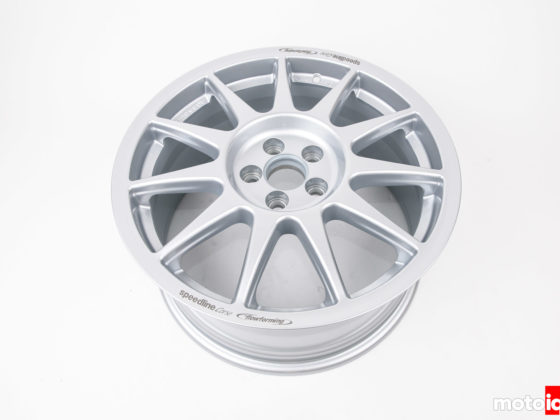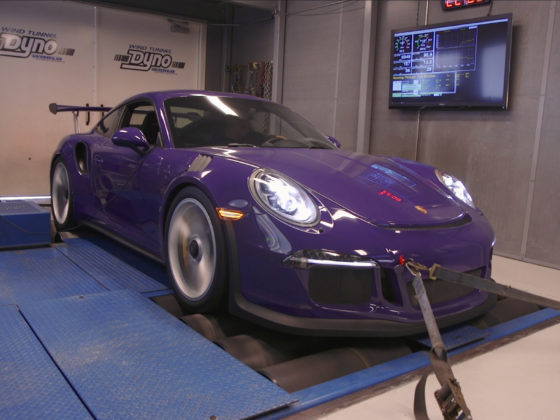
My wife has a 2016 Mazda CX-5 which we absolutely love. Her only complaint is that it needs more power. Apparently, many Mazda customers said the same thing. So, for 2019, Mazda did the old school hotrod trick and put the big power 2.5L turbo engine from the bigger CX-9 into the smaller and 500lbs+ lighter CX-5. The turbo engine is only paired with AWD because 310 lb-ft of torque would roast the front tires of an FWD only configuration. There’s lots of cool technology stuff going on with the i-ACTIV AWD and the SKYACTIV-G 2.5T turbo engine that are unique to Mazda. You know we are going to deep-dive into the tech! Off to Canada I went for Mazda’s winter test drive of the 2019 CX-5.

Mazda flew me up along with a bunch of journalists and paired us up for the drive from Vancouver airport to Whistler where all the snow was dumping. My ride for this trip was a CX-3. It fits two carry-on bags in the hatch.

I rode shotgun to start the trip heading out of Vancouver. Water bottle fit in the door side-pocket, check. Mazda has been actively increasing the level of luxury in their vehicles and even the small CX-3 shows it in the door materials, stitching, and multi-tone surfaces.

The CX-3 is a small vehicle which makes it perfect for dense urban environments like Vancouver, but it does sacrifice on interior space. The previous generation CX-3 did have a hand-brake, but it was replaced with an electric parking brake to make more space for a proper armrest. However, that rear cup holder will only hold a shorty bottle and not a big gulp.

This was my first time heading up to Whistler and the view was pretty spectacular. The ride in the passenger seat was quite comfy and interior noise was very low making for easy conversation. The knock against the first generation CX-5 from 2014 was too much road noise, so Mazda has been improving that with every generation.




7 comments
The driving force graph makes no sense.
F=ma
Not F=m
Probably marketing person just mislabeling what should be kgf. Which I need to fix myself… will edit. Thanks for the catch.
Looking at the graph a little more closely now, looks like about 75kgf to maintain speed and 325kgf to have desired acceleration. So 250kgf is about 2450N going towards acceleration and a vehicle mass of 1750kg. Works out to about 1.4 m/s^2. 1.4 m/s = 3.13mph. So…. increase almost 10mph in 3 seconds. Seems like a reasonable acceleration rate for this passing scenario.
Thanks for the clarification.
Why Mazda didn’t take full advantage of their ‘dyanamic pressure turbo’ system by squeezing out more top end power without sacrificing low end torque and causing turbo lag?
They would have to go to a bigger turbo to get more power on the top-end. That would not allow them to meet their torque target at 2000rpm where they are focused on driveability because that’s where their users spend like 97% of their time.
Ok I see, I just wish they have a more performance orientated option as well.
Does the low end and mid range performance feel more like a big, torquey naturally aspirated engine than a typical turbocharged engine?
Funny thing about that stability control: I noticed that my 2018 Mazda MX-5 GT will quite happily do donuts, which isn’t quite possible with an open differential. Sure enough, the tail end only whips out once a light on the dashboard starts blinking: the ABS is transferring the torque to the opposite wheel, even though stability control is off, in order to facilitate irresponsible driving.
Also, since I couldn’t find it on paper anywhere: the headlamps turn to see around corners, though mine inexplicably lacks the levelling system.